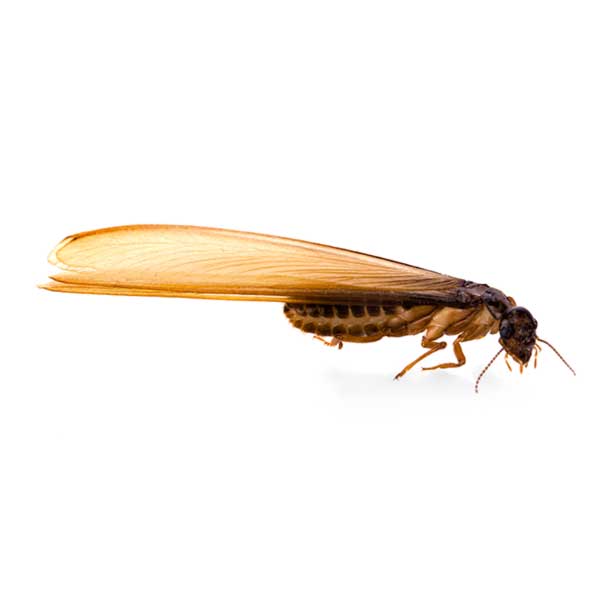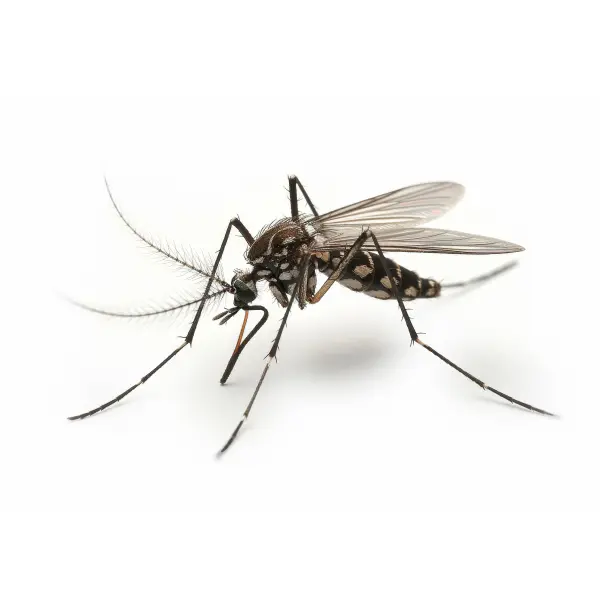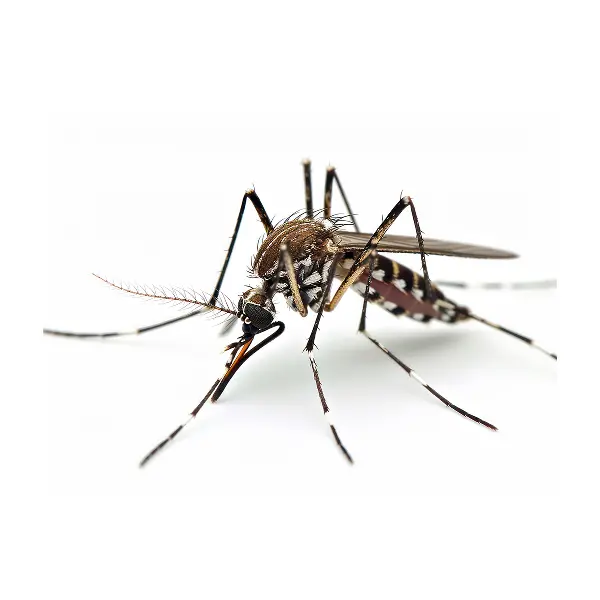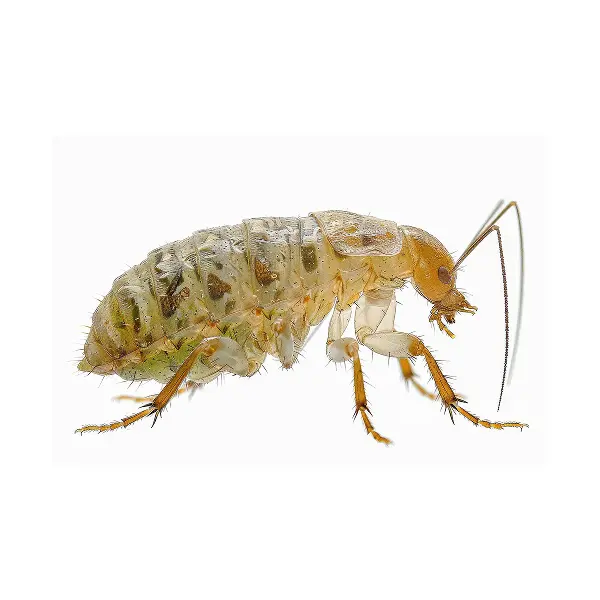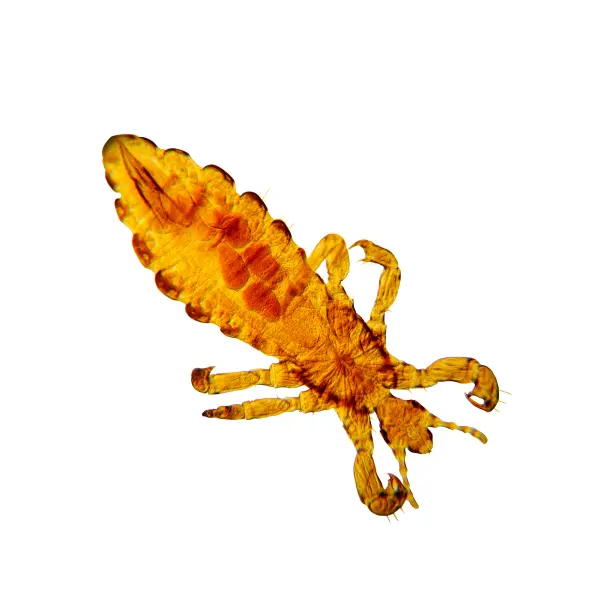What Are Eastern Subterranean Termites?
The eastern subterranean termite is a beneficial insect in forested areas, where it feeds upon dead trees and vegetation reducing these ‘ecological wastes’ into organic material. However, termites also cause millions of dollars in damage to homes each year, making termites the number one enemy of your home. Termite damage to homes far exceeds damage caused by fires, floods, and storms combined each year. If you suspect you have termites in your home, consult with a pest management professional.
What Do Eastern Subterranean Termites Look Like?
Workers:
- About 1/8 of an inch in length, with a milky, yellowish-white appearance.
- Process cellulose via protozoan bacteria in their gut.
- A typical mature colony may number 60,000 to over a million workers.
- Sixty thousand workers can consume 2 1/3 linear feet of pine 2×4 board in one year.
Soldiers:
- Their only purpose is to defend the colony.
- Their heads are rectangular.
- They have large, pincer-like mandibles.
- Their length is about 1.5 times their width.
Swarmers (reproductive termites):
- Swarms occur in the spring and early summer.
- They are about 3/8 of an inch in length, including wings.
- Their bodies are dark brown to almost black.
- Their purpose is to establish new colonies.
Eastern Subterranean Termite Prevention Tips
- Place a chemical barrier between the termite colony and any structure.
- Eliminate all wood, rigid foam, and form board contact with soil.
- Remove all wood debris from crawlspaces. Moisture content in structural wood should be below 20 percent.
- Moisture management within and around a structure helps reduce termite activity.
- Direct treatment of termite galleries in wood will maximize treatment effectiveness.
